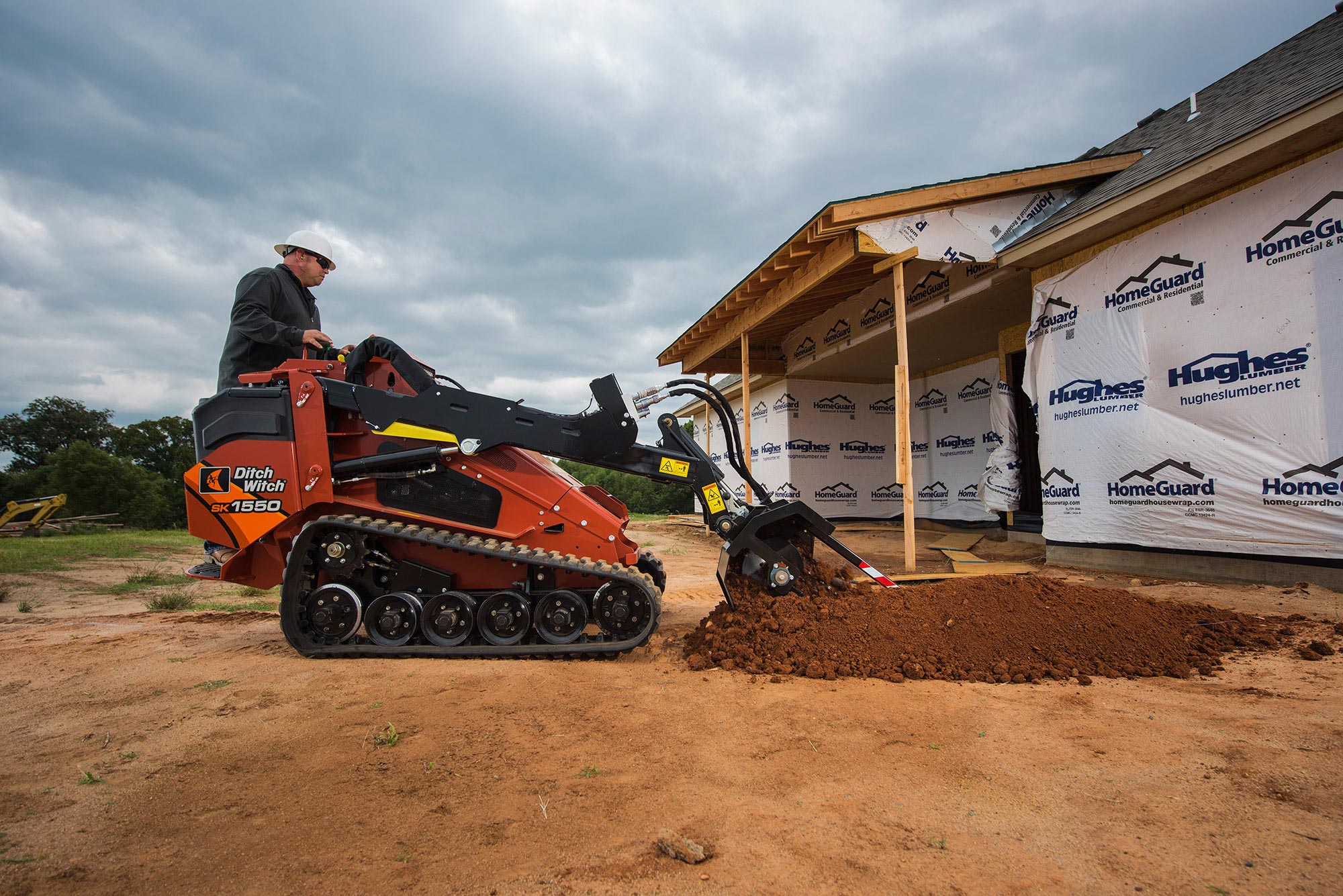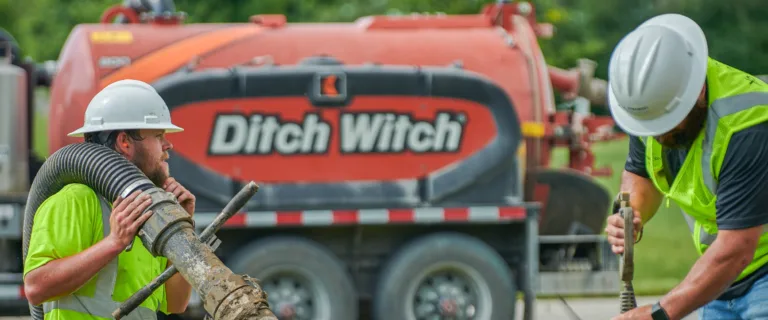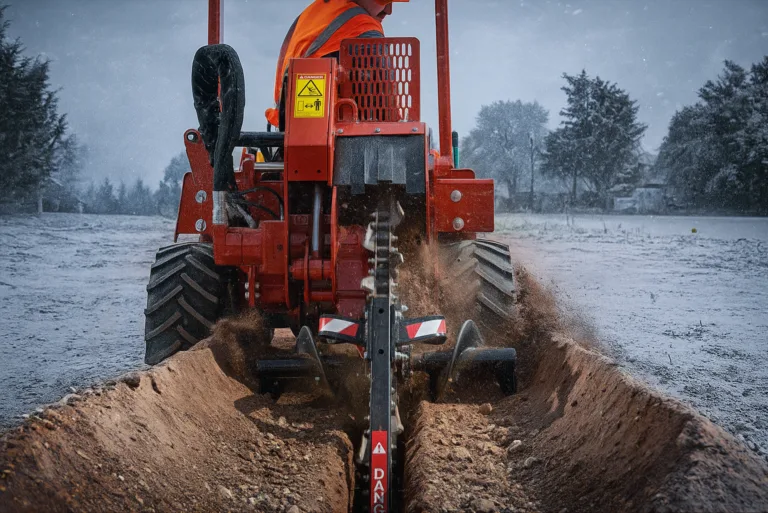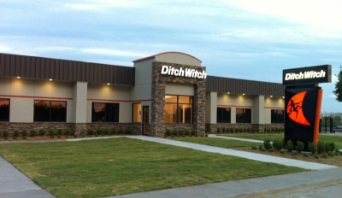Proper pairing of your stand-on skid-steer and its tools
From Dig Different
Three things contractors should consider when selecting a mini stand-on skid steer and trencher attachment.
Mini stand-on skid-steers can be powerful tools as long as they are paired up correctly for a contractor’s operational needs. In this photo, a Ditch Witch SK1550 is fitted with a trencher.
Mini stand-on skid-steers are valued for their versatility, and today one job that many utility and landscaping contractors are using these compact machines for is trenching.
With a quick and simple connection of a trencher attachment, a mini stand-on skid-steer can start digging out dirt and cutting through rocky soils to support efficient installations of fiber, irrigation and other lines. And by using a single machine to do a wide range of jobs, you can reduce the number of machines you need to transport to and from job sites, while also simplifying training for operators.
However, there’s a lot to consider when outfitting a mini stand-on skid-steer with a trencher attachment. For example, contractors should think about how their machine and attachment pairing can help address their operational needs. Whether it’s digging more efficiently, minimizing downtime, or getting more from their equipment to keep smaller crews efficient it’s important to determine which machines and attachments can help operators boost their ROI and stay efficient.
Here are a few considerations when selecting a mini stand-on skid-steer and trencher attachment.
IDENTIFY THE JOB SITE AND PROJECT NEEDS
When considering renting or purchasing a mini stand-on skid-steer with a trencher attachment, contractors should first identify the full range of projects that their machine will support. This will help guide their decision on what specific machine and attachments are right.
Mini stand-on skid-steers are available with a range of power and performance capabilities. A 24 hp machine can suffice for small-trench jobs, where contractors may only need to dig 2 feet deep and 4 inches wide. But a more powerful mini stand-on skid-steer, like a 37 hp option, can deliver more power to hydraulic attachments to help contractors increase productivity on trenching and other jobs.
When it comes to trencher attachments, machine manufacturers vary in what they offer. Some offer one trencher attachment for all their machines. Other manufacturers offer multiple trencher attachments that are designed to be paired with specific machines.
The latter approach lets contractors choose a trencher attachment that performs well with the machine that they’ve identified as the best fit for their job site. This is crucial when it comes time to start digging because if their machine doesn’t run a trencher chain at the right speed, it can lead to stalls and make trenching jobs less efficient.
When buying a trencher attachment, some contractors choose to go with a larger boom and use it for trenching at various depths. But this approach can create challenges. For example, trying to dig at 2 feet with a 4-foot boom can lead to workers guessing if they’re trenching at the right depth, resulting in a lot of measuring, double-checking on the job site and unnecessary downtime. By using the right-sized boom, contractors can plunge it all the way and know they’re trenching at the right depth.
BOOST PRODUCTIVITY FOR SMALLER CREWS
In today’s tight labor market, easing work and improving comfort for contractors is more important than ever. Mini stand-on skid-steers can help ease the demands put on smaller crews in various aspects of their operations:
Training: A key benefit of using a mini stand-on skid-steer for trenching is its small learning curve. If a contractor’s team is familiar with the machine and have used it for other functions, then they’re already well on their way to knowing how to run it as a trencher. Additionally, trenching with a stand-on skid-steer helps improve efficiency by allowing operators to move in reverse, giving them a 360-degree view of the job site.
Operating: Improvements to hydraulic systems over the years have led to improvements in operator comfort with stand-on skid-steers. In the past, operating hydraulics may have felt like a feat of strength. But today’s hydraulic systems allow users to move joysticks with minimal pressure. Some machine models also offer a choice of single- or double-joystick control, allowing users to choose the control method that they’re the most comfortable with and efficient in operating.
Changing: The process of replacing attachments on many machine models is simple and straightforward.





